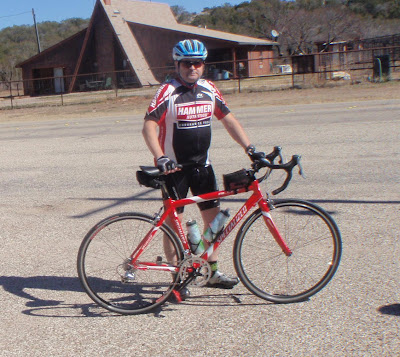The lower arches are the entrance gates. There were 76 entrance gate arches numbered from I to LXXVI, which were used by the general public, plus four special un-numbered gates which were the Grand Entrances. The special, un-numbered gates were used by the emperors, wealthy patricians, senators, and visiting dignitaries.
The special entrances were highly decorated and ornate.
The senators and special guests had front row seats.
Senators had reserved seats with their names carved in the marble stone such as this one.
Entrances for the general public were rather plain. This exposed brick, standing since 80 A.D., shows the foundation for the mighty architecture of the Roman Empire. Even after earthquakes, which damaged the outer facade of the Colosseum, the Roman brickwork stands, used and incorporated into the structures of future centuries.
Entrances were large not only to rapidly seat an estimated 65,000 spectators, but for large animals such as elephants or giraffes to enter the Colosseum.
The seating arrangements are hard to visualize with present day photographs so I found a public domain drawing depicting the layout. The seating arrangement was strictly according to social class. The emperor had a box at the central narrows point of the stadium. The senators as previously shown were at the same level. The next level were the Equestrians or noblemen and knights. The "intermediate" category seated the wealthy citizens. In the nose bleed section were the poorer plebeians.
This is why it is hard to visualize the seating arrangements. The white stones in the bottom middle of the photos were the senators. What can be see on up are the seating foundations of the different levels but the seats have been removed due to years of people stripping the stadium to use for other projects.
As with big productions today, each spectator had a ticket that would indicate which entrance to use, what level the seat was located, and the number of the seat.
Partially restored part of the arena. The arena had a wooden floor and was covered by sea sand. The Latin word "arena" means sand and we still use arena in some of our entertainment areas today.
Below the arena floor was the hypogeum, a system of tunnels and chambers for slaves, gladiators, wild animals, and hoists and pulley houses. It consisted of a two-level subterranean network of tunnels and cages beneath the arena where gladiators and animals were held before contests began. Eighty vertical shafts provided instant access to the arena for caged animals and scenery pieces concealed underneath; larger hinged platforms, called hegmata, provided access for elephants and the like.
The hypogeum was connected by underground tunnels to a number of points outside the Colosseum. Animals and performers were brought through the tunnel from nearby stables, with the gladiators' barracks at the Ludus Magnus to the east also connected by tunnels.
Incidentally, the word gladiator comes from the word gladius which was the short, two-edged sword worn by the Roman Legionaries. Thus, a gladiator was a swordsman.
Cages on the sides as well as trap doors in the arena let animals leap dramatically into the fray (remember the film "Gladiator"? ).
No matter how many shots I took or from what perspective
I was awed by the planning,
the structure,
the underground layout,
the movement of animals,
the movement of gladiators, all in the dim tunnels,
and the immensity of the stadium.
It was so mind boggling that the only way to end is where we began.
I was awed by the planning,
the structure,
the underground layout,
the movement of animals,
the movement of gladiators, all in the dim tunnels,
and the immensity of the stadium.
It was so mind boggling that the only way to end is where we began.

























































